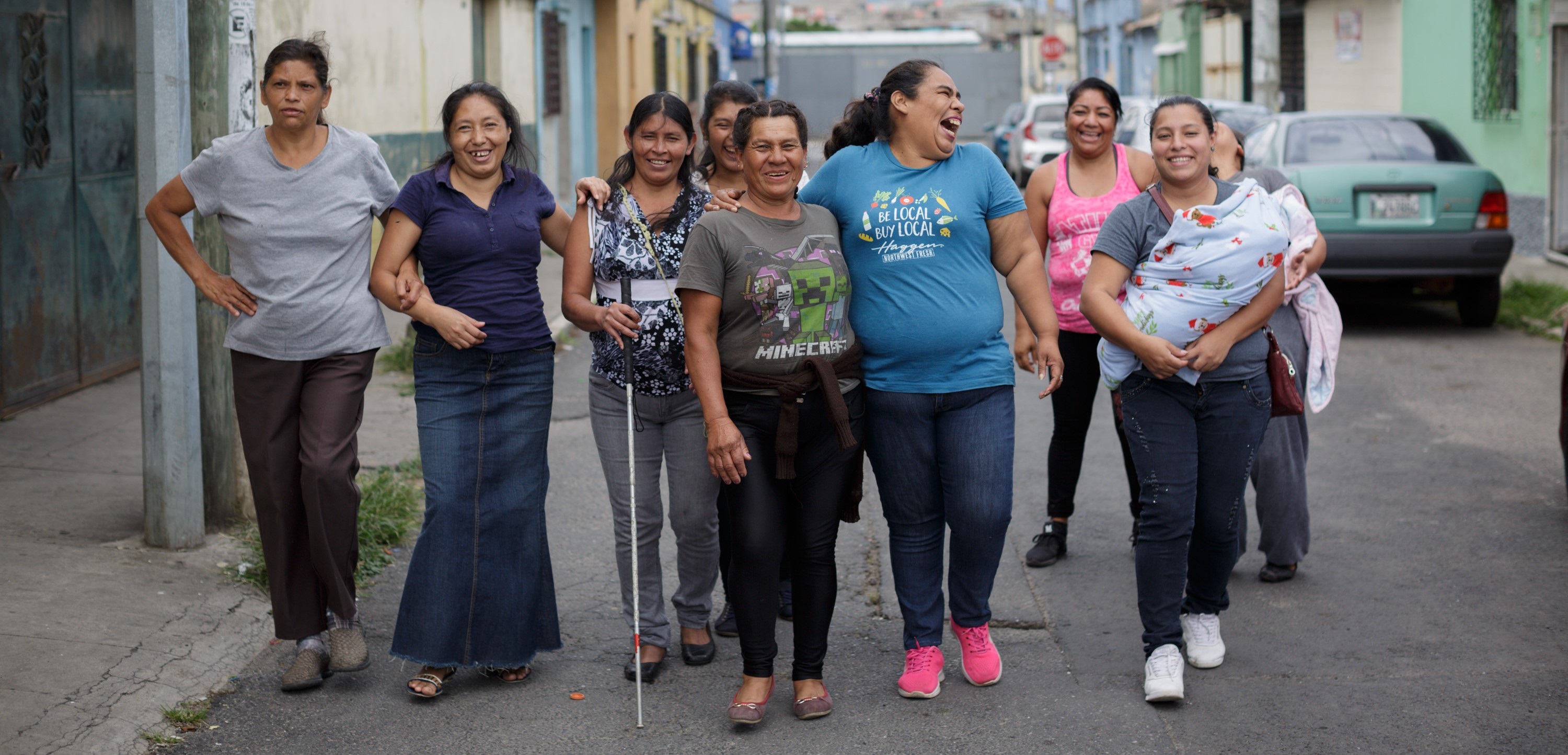
Mission
Creamos creates opportunities for women living in the communities surrounding the Guatemala City garbage dump (GCGD) through an inclusive approach to lifelong financial, emotional, and physical stability.
Life Challenges of the Women Served
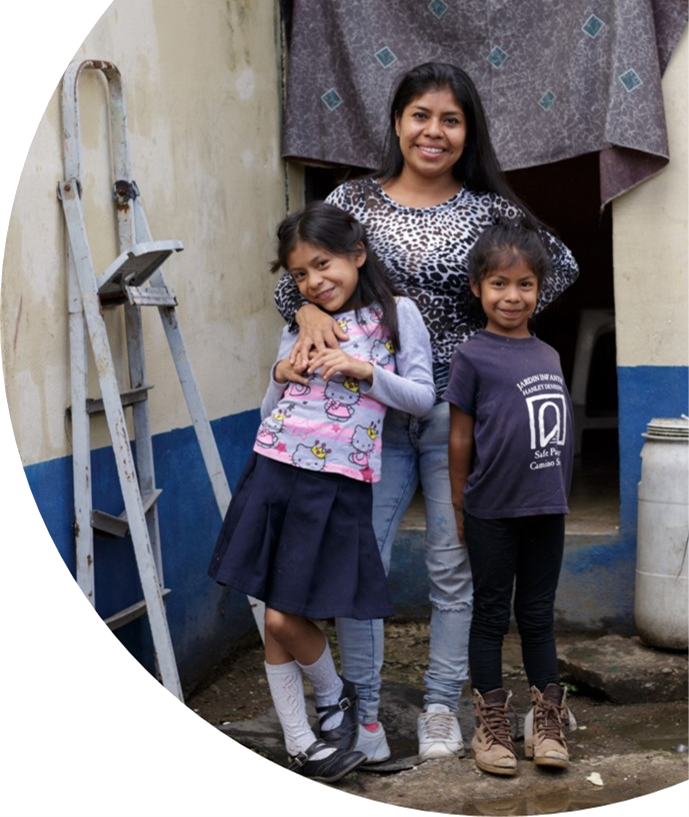 The Guatemala City garbage dump is a world of its own. Thousands of people live next to the dump and work there every day to collect items of value out of the trash that others throw out. The community surrounding the GCGD is riddled with chronic violence, the majority of which is gender-based, and results in disproportionate levels of physical, sexual, emotional, and economic abuse experienced by women. This cycle of violence has detrimental short- and long-term effects across micro, meso, and macro levels, and failure to address it increases the risk of social, economic, physical, and mental health challenges for women and families.
The Guatemala City garbage dump is a world of its own. Thousands of people live next to the dump and work there every day to collect items of value out of the trash that others throw out. The community surrounding the GCGD is riddled with chronic violence, the majority of which is gender-based, and results in disproportionate levels of physical, sexual, emotional, and economic abuse experienced by women. This cycle of violence has detrimental short- and long-term effects across micro, meso, and macro levels, and failure to address it increases the risk of social, economic, physical, and mental health challenges for women and families.
There are hundreds of women in the GCGD community who are living in isolation, experiencing violence, and who have never had the opportunity to access services. Some of the dangers these women face are overt, including violent acts of physical and sexual violence, while others result from more subtle gender-based pressures, including high rates of teenage pregnancy, single motherhood, multiple children per household, lack of exposure to healthy relationships, low-self-esteem, and lack of financial independence. This is reflected in Creamos’ clientele, as 95 percent of the organization’s participants have reported experiencing intimate partner violence (IPV) and/or gender-based violence (GBV) throughout their lifetime, and only 10 percent had ever sought legal or social support prior to enrolling in the program.
The focus of this work includes women and girls – primarily mothers – between the ages of 13 and 70 years old. These women live in extreme poverty in the squatter settlements surrounding the garbage dump. Prior to enrolling in Creamos programs, these women earned an average of $3 per day engaging in high-risk work, including scavenging for recyclable materials in the garbage dump, engaging in transactional sex, drug dealing, and/or relying on abusive partners. Within the GCGD, 43 percent of households (which average seven people) are headed by single mothers. An informal census performed by a Guatemalan behaviorist in 2013 indicated that 91 percent of female GCGD residents did not own their own homes, 78 percent received no more than an elementary education, 95 percent did not have a bank account, and only 6 percent were formally employed. The community is further marked by a dearth of social services and resources, especially those vital to women’s health and safety.
According to a recent report published by Amnesty International, Guatemala suffers from one of the highest rates of IPV and femicide (the intentional killing of women because they are women) in the world. In 2008, the Guatemalan congress passed the “Law Against Femicide and Other Forms of Violence Against Women” to address this issue. Despite moderately decreased femicide rates in the years since, the 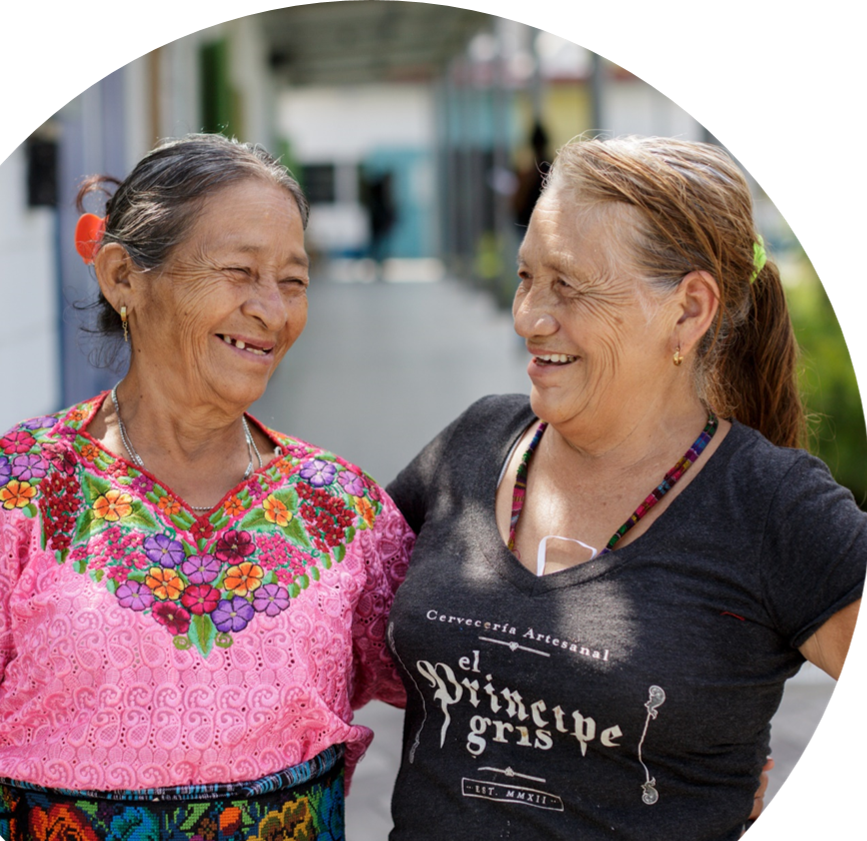 impunity rate in femicide cases persists at 98 percent according to the United Nations, indicating a lack of governmental attention directed towards this issue. In 2010 alone, 313 women per 100,000 people reported experiencing domestic violence, and two per 100,000 women were victims of femicide. The effects of this injustice are amplified for those living in the GCGD squatter settlements, as many survive on scant resources, education levels among the population are extremely low, and there is virtually no opportunity for formal employment.
impunity rate in femicide cases persists at 98 percent according to the United Nations, indicating a lack of governmental attention directed towards this issue. In 2010 alone, 313 women per 100,000 people reported experiencing domestic violence, and two per 100,000 women were victims of femicide. The effects of this injustice are amplified for those living in the GCGD squatter settlements, as many survive on scant resources, education levels among the population are extremely low, and there is virtually no opportunity for formal employment.
The astronomical rate of IPV and GBV within the GCGD community is molded by contextual factors, including but not limited to hegemonic masculinity, extreme poverty, low literacy rates, and the historical influence of the widespread implementation of sexual violence as a weapon of war during the country’s 36-year internal armed conflict. Within the GCGD community specifically, cycles of violence are maintained by a lack of access to knowledge of the resources available, a lack of exposure to formal systems that are designed to support survivors, low self-esteem, low levels of trust with local law enforcement, and high impunity rates.
The Project
The goal of this project is to implement a therapeutic and psychoeducational IPV and GBV treatment program for 140 women in the GCGD slum, to decrease the instances of violence within the community.
The project will consist of three components:
- Therapeutic Support Group
- Psychoeducational Group
- Financial Literacy Workshops
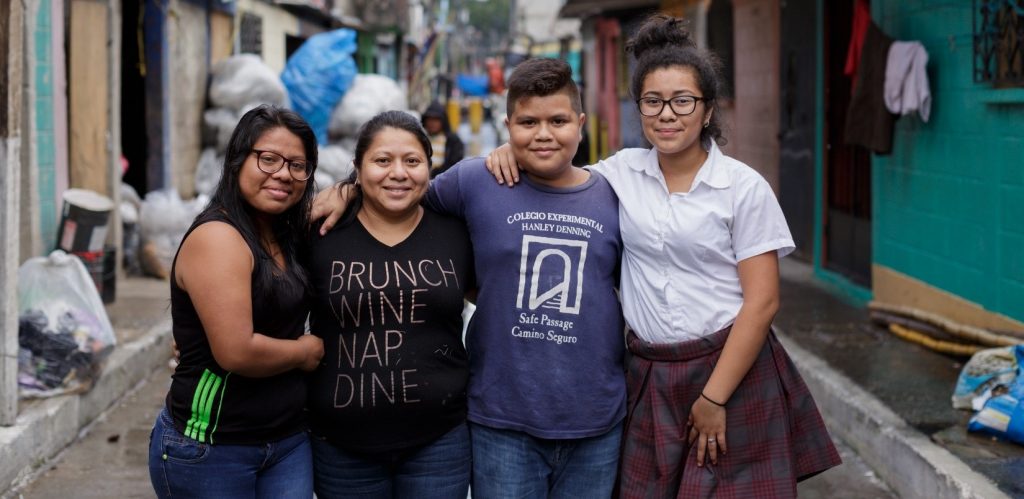
The introduction of a therapeutic and psychoeducational IPV and GBV treatment program will serve to provide women who have been identified as involved in (or at risk of being involved in) abusive relationships with some of the tools, resources, and support necessary to begin to address their circumstances.
Most notably, Creamos believes that the incorporation of this program will provide women with basic knowledge about the characteristics of IPV and GBV, which will help them:
- identify violence in their own lives and in the lives of women in their community,
- develop safety plans to ensure an exit option for themselves and their families,
- increase exposure to life-saving services and resources in the community, and
- increase their understanding of women’s rights and Guatemalan GBV laws.
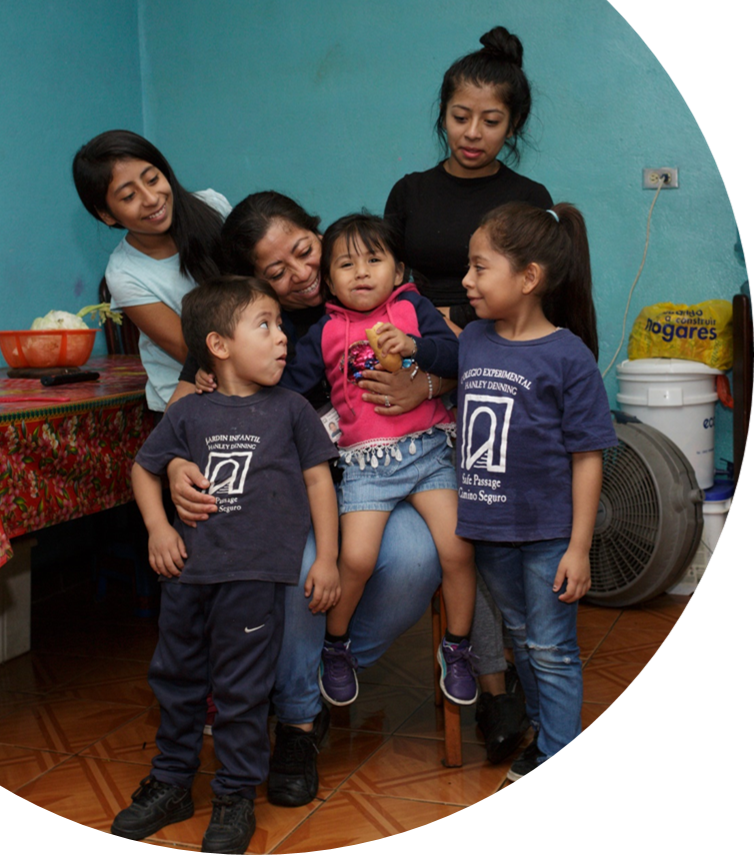 Further, Creamos hopes to increase emotional and physical safety of its participants and their children, create safer home atmospheres, and decrease instances of IPV and GBV within the community.
Further, Creamos hopes to increase emotional and physical safety of its participants and their children, create safer home atmospheres, and decrease instances of IPV and GBV within the community.
Women and girls will be selected to participate in this program through a variety of channels. Often, women self-present at the Creamos office seeking support for various emotional health concerns, including IPV and/or GBV. It is also common that family members of survivors make referrals on their behalf out of concern. In addition, Creamos receives referrals from partner organizations in the community if they encounter an individual who needs support beyond their scope of services.
The project will address community-identified needs regarding the overwhelming incidence of IPV and GBV. Prior to program implementation, a focus group of participants will be consulted regarding their understanding and experience of gender-based violence within the community, in addition to their perception of potential solutions. Results will be incorporated into curriculum development. Further, quarterly focus groups will be facilitated to ensure the voices of the participants remain heard throughout the entirety of the program.
The project will directly impact 140 women and girls. Demographic data gathered through the most recent annual intake interviews with Creamos clients indicates the following trends: participants range from age 13 to 70, each participant has an average of four children, 63 are single mothers, and all 140 participants report a history of IPV and GBV, ranging from domestic disputes to sexual assault, throughout their lifetime.
The main indirect beneficiaries of this project include the children of the women enrolled in the program. This project will serve 140 direct beneficiaries, indicating roughly 560 children. Assuming that half of these children are girls, this project will indirectly impact 280 girls.
Direct Impact: 140 women; Indirect Impact: 560 children
UN Sustainable Development Goals
![]()
![]()
![]()
Questions for Discussion
- Why do you think the women do not access services?
- What factors encourage silence about IPV?
- GBV is present in all countries and all social classes. Do you know of innovative programs in your own communities?
How the Grant Will be Used
Together Women Rise’s grant of $25,020 will be used as follows:
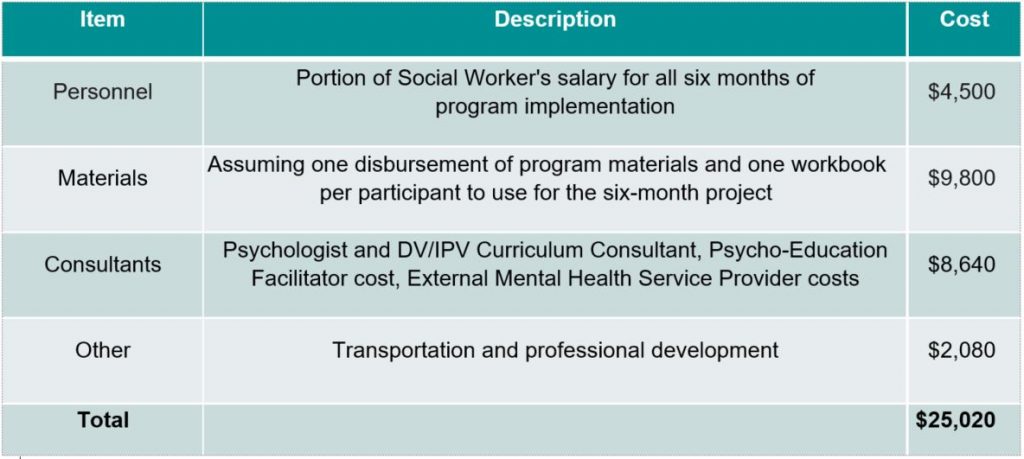
Why We Love This Project/Organization
Creamos addresses the structural gender inequalities that underlie the high rates of intimate partner violence and femicide in Guatemala. The introduction of a therapeutic and psychoeducational treatment program will provide women in abusive relationships with some of the tools, resources, and support necessary to begin to address their circumstances. The financial literacy programs offer women alternative options of financial independence, confidence, and a sense of self-efficacy to support their families.
Evidence of Success
Creamos tracks a variety of qualitative and quantitative indicators throughout each program year to ensure it continues to achieve its mission-driven impacts. The emotional support program, initiated in 2015, has experienced rapid growth over the past five years. In its first year, this program served 91 women through psychoeducational and exercise groups. It slowly grew to integrate individual therapy, and has expanded to incorporate group therapy and additional theme-specific groups as needs arise.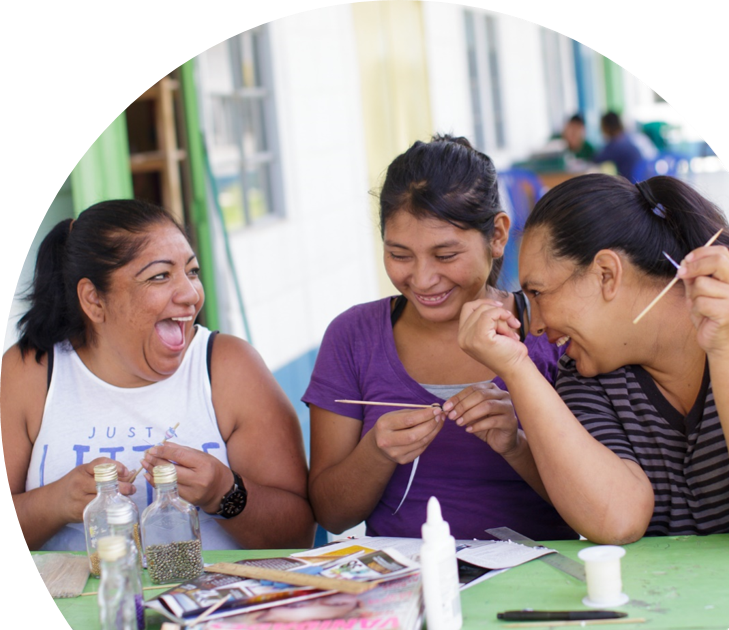 In 2019, 177 women were involved in emotional support programs; 75 percent have reported an increase in their social support scale, 50 women engage in consistent weekly therapy and/or psychoeducational groups with the organization’s social worker and psychologist, and eight were referred to the public mental health hospital for ongoing care.
In 2019, 177 women were involved in emotional support programs; 75 percent have reported an increase in their social support scale, 50 women engage in consistent weekly therapy and/or psychoeducational groups with the organization’s social worker and psychologist, and eight were referred to the public mental health hospital for ongoing care.
The success of the income-generating program is largely gauged by the quantity of jobs created, which provides women with an ethical and sustainable income and allows them to leave their high-risk work in the garbage dump. Since the program’s inception in 2008, 92 women have gained employment, tripling their previous income, and achieving a consistent, safe, and reliable source of income.
Though only in its first year, the adult education program is already demonstrating positive results. Nearly doubling anticipated enrollment, 124 adult learners are currently engaged in the program across grade levels ranging from basic adult literacy to university. Of special celebration, the organization currently provides scholarships for three women to attend the local university, with 10 more currently engaged in the application process.
Voices of the Girls
I’m proud to be a part of Creamos and the way that it’s given me the opportunity to move forward with my children. Now, I feel like I matter as a woman. I’m a proud grandmother, and it fills me with pride to know that my children have escaped a life of violence and that we’ve broken the barriers that constrained us when we worked in the garbage dump.”
– Anabela
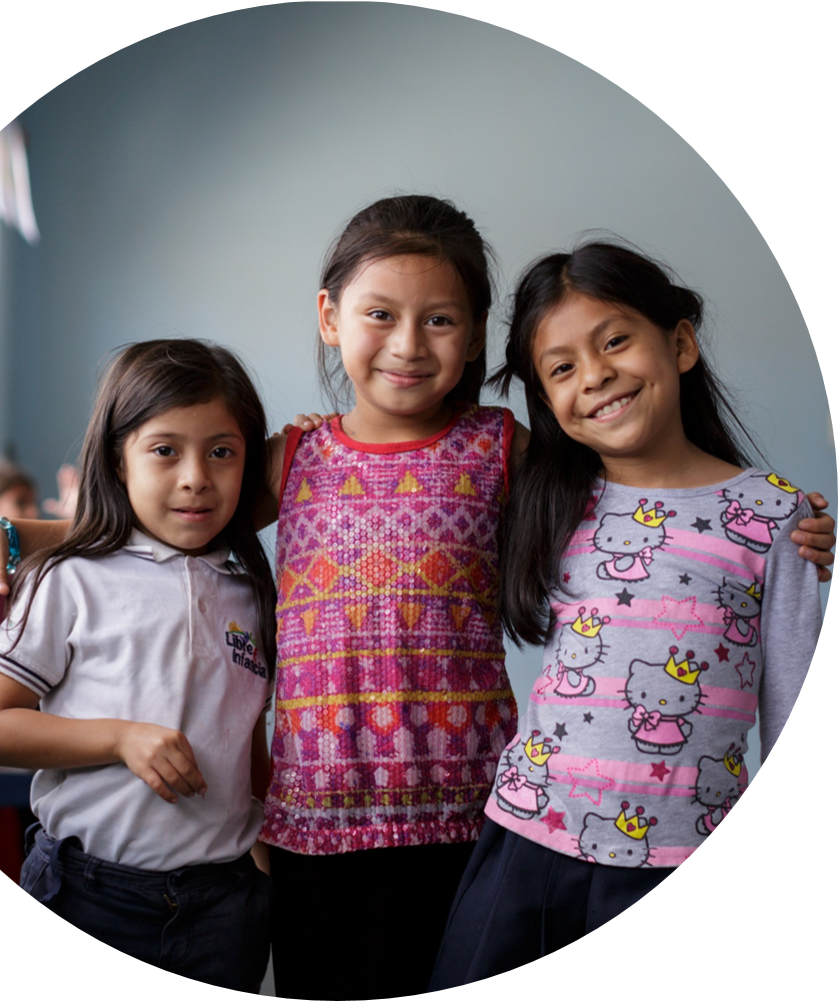 “My favorite part of [Creamos’ sewing program] is that I learn something new every day. Each week, we get faster and more efficient, and we’re able to produce larger quantities. Sometimes I look at what we’ve made in one week and I can’t believe it. I’m proud of myself and I’m proud of my team, and I hope we continue to grow together.”
“My favorite part of [Creamos’ sewing program] is that I learn something new every day. Each week, we get faster and more efficient, and we’re able to produce larger quantities. Sometimes I look at what we’ve made in one week and I can’t believe it. I’m proud of myself and I’m proud of my team, and I hope we continue to grow together.”
– Karina
“Almost every one of us used to work in the garbage dump, or in other dangerous work like the market. You were always afraid to bring your children there in case you got robbed, or assaulted, or there was some other sort of accident. It’s completely different here. Our children are taken care of, and we’re not only earning an income, but we’re also become better people.”
– Odilia
“Here in Creamos, everyone is welcome no matter their age, gender, or race. Creamos has helped us realize that we matter as women, that we are people with rights. It has helped me feel as though I exist, and that I have talent. I admire the person I am today, compared to who I used to be.”
– Ana
“Creamos has helped me change in every sense. I wasn’t able to read or write. I thought that being able to communicate with other people verbally was enough for me. Now I realize that it wasn’t. Creamos opened this huge door for me. I’ve become an example for my children, because if I could learn all this when I was older, they can do it too.”
– Irina
“I’m very grateful for Creamos, because before I started coming here, I never had any opportunities. Now I have dreams, and I want to achieve them. For example, I can get a dignified and honest job. I’m always telling myself, ‘Okay, Juana, you’re going to keep studying, you’re going to graduate, and you’re going to get a job outside of the garbage dump.’”
– Juana
About the Organization
Creamos began in 2008 as a social entrepreneurship initiative by 20 women living in the community surrounding the Guatemala City garbage dump. These women had historically relied on collecting, recycling, reusing and reselling items scavenged in the garbage dump, in addition to other risky work, to make a living. .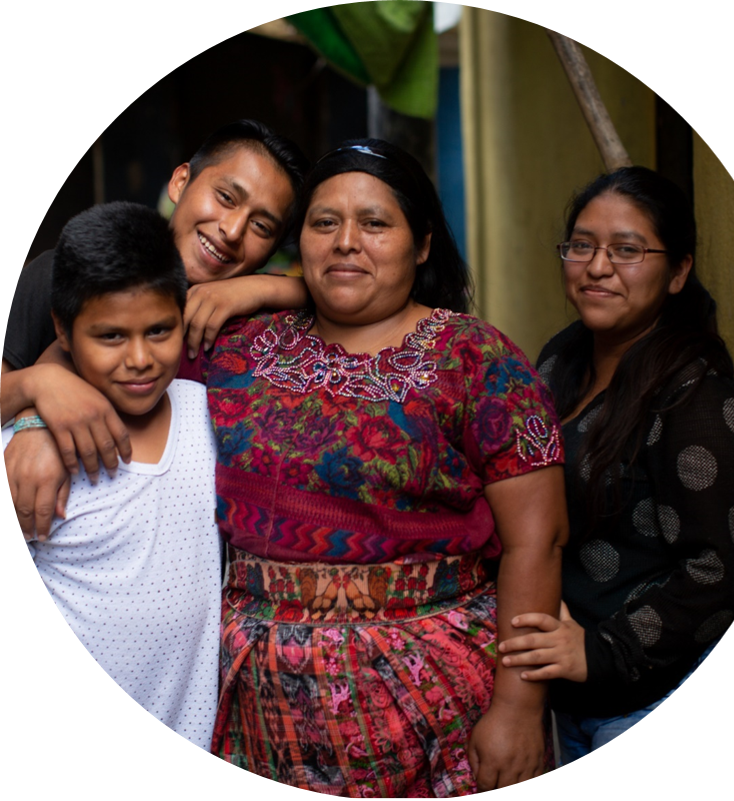 Upon attending a training course provided by a local university on how to make jewelry out of recycled paper, they decided they’d like to pursue this craft and sell their products to generate an income. With the support of a local attorney, a program participant was named the legal representative, and the group opened Creamos as a small business shortly afterAs the years passed and anecdotal evidence increasingly indicated the need for safer and more sustainable employment for women in the GCGD community, Creamos’ jewelry program expanded to employ more women and took on an Executive Director to manage growth. In 2012, the organization incorporated a sewing program, doubling the organization’s enrollment.
Upon attending a training course provided by a local university on how to make jewelry out of recycled paper, they decided they’d like to pursue this craft and sell their products to generate an income. With the support of a local attorney, a program participant was named the legal representative, and the group opened Creamos as a small business shortly afterAs the years passed and anecdotal evidence increasingly indicated the need for safer and more sustainable employment for women in the GCGD community, Creamos’ jewelry program expanded to employ more women and took on an Executive Director to manage growth. In 2012, the organization incorporated a sewing program, doubling the organization’s enrollment.
For several years, the business operated under the umbrella of Safe Passage, Creamos’ sister organization and fiscal sponsor. In response to ongoing high interest, enrollment, and community buy-in, Creamos separated from Safe Passage to become an independently recognized Guatemalan NGO at the end of 2014, with the sole mission of helping the women and mothers of the GCGD community to become financially independent, healthy, and emotionally supported. In the years since, the organization’s program offerings have expanded dramatically to include emotional support, physical wellness, and adult education programs. Today, working side by side with Safe Passage, Creamos utilizes this multi-pronged approach to empower vulnerable women and mothers who reside in the squatter settlements surrounding the GCGD.
Where They Work
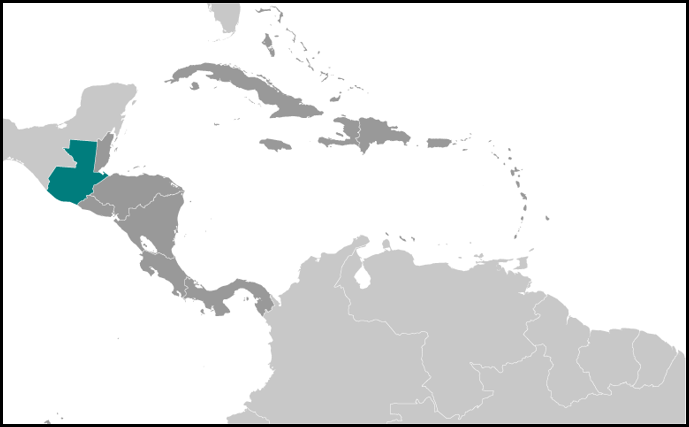
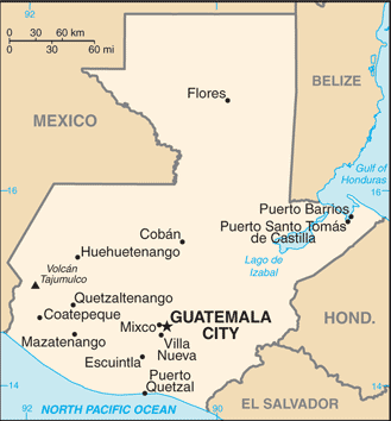
Guatemala is in Central America, bordering the North Pacific Ocean between El Salvador and Mexico, and bordering the Gulf of Honduras (Caribbean Sea) between Honduras and Belize. It is a predominantly poor country that struggles in several areas of health and development, including infant, child, and maternal mortality, malnutrition, literacy, and contraceptive awareness and use. The country’s large indigenous population is disproportionately affected. Guatemala is the most populous country in Central America and has the highest fertility rate in Latin America. It also has the highest population growth rate in Latin America, which is likely to continue because of its large reproductive-age population and high birth rate. Almost half of Guatemala’s population is under age 19, making it the youngest population in Latin America. Guatemala’s total fertility rate has slowly declined during the last few decades due in part to limited government-funded health programs. However, the birth rate is still close to three children per woman and is markedly higher among its rural and indigenous populations.
The population of Guatemala is 17,422,821 (July 2021 est.), and the population of Guatemala City, where this project is located, is nearly 3 million (2021). The mean age at first birth in Guatemala is 21.2 years (2014/15 estimate). The infant mortality rate is 26.81 deaths/1,000 live births. The maternal mortality rate is 95 deaths/100,000 live births. The literacy rate is 81.5 percent for the total population, with 87 percent of males and 76 percent of females ages 15 and over being able to read and write.
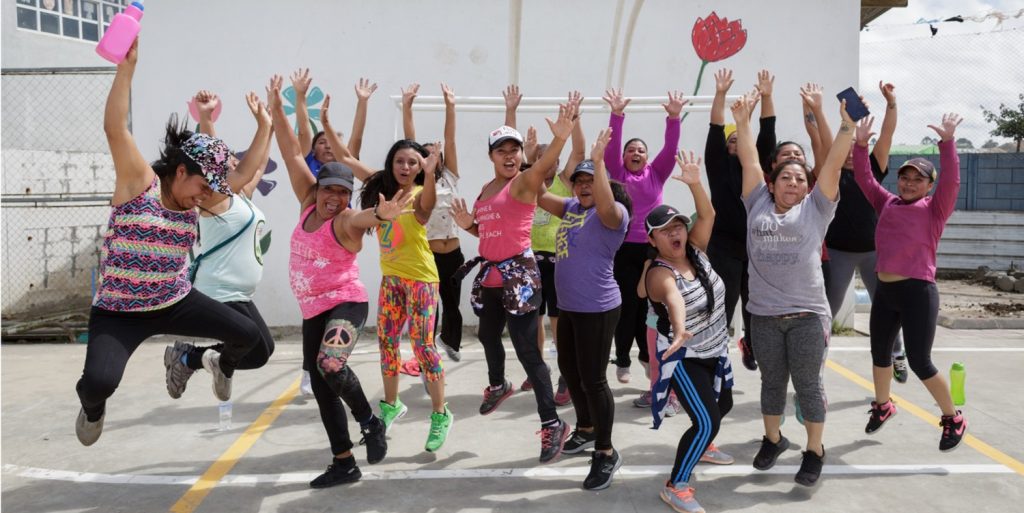
A Closer Look – at Women Helping Women
Creamos (“We Create” in Spanish) was originally the dream of 20 women living near a garbage dump, eking out a living as best they could. By being given an opportunity to learn how to make jewelry out of recycled paper, these women came together to sell their handiwork and develop an income. Out of this grassroots beginning, Creamos now offers safe and dignified income-generating opportunities for the mothers of children living in the GCGD.
Creamos’s inception epitomizes the inspiration behind Dining for Women’s new name: Together Women Rise. “Together” is front and center because our community is strong, gathering together in our chapters and working together with our grantees to make an impact on the lives of women and girls around the world.
Those 20 women, who initially dreamed of making a better life for themselves and their families by selling jewelry, join women globally – standing strong with their hands raised high. Women working together to create a world where all women and girls can reach their full potential and become powerful agents of change.
Source Materials
